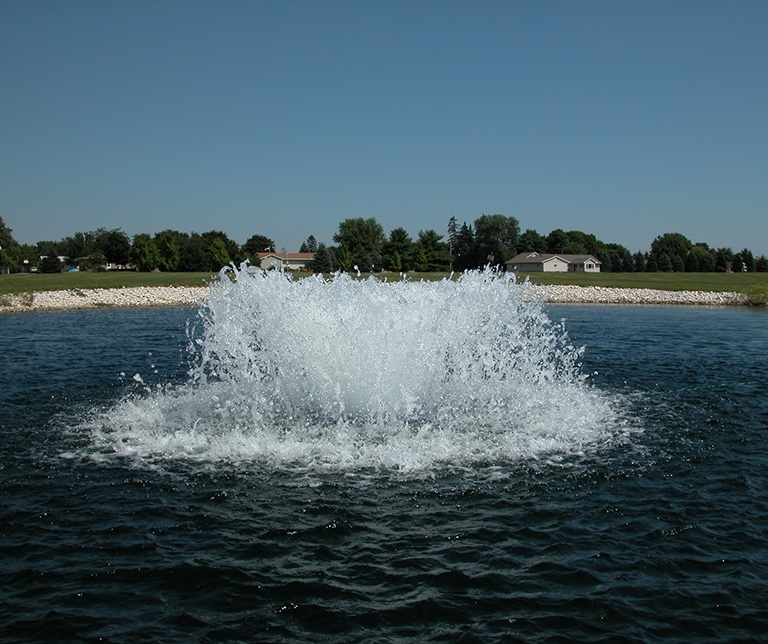Carter's Lake Restoration
Iowa's DNR established a lake rehabilitation program, which focuses on restoring and maintaining shallow lakes. These lakes use a triangular approach to monitoring, assessment, then restoration. Monitoring efforts include fish survey, which identifies the presence or lack of migratory birds and ducks within the lake. The key to healthy lake restoration is also keeping an eye out for the environment.

